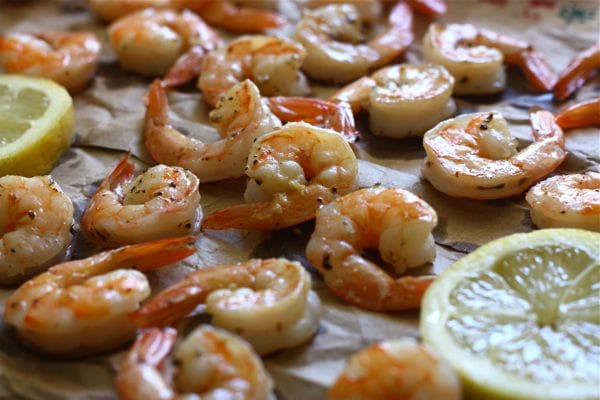9 Guilt-Free Candies That Won’t Derail Your Diet
As the new year arrives, we make tons of promises to ourselves: This is the year we quit that job, find that dream apartment, and lose all of that holiday weight. The latter is perhaps one of the more universal resolutions made in the first month of the new year. And it is probably fair to say that it is also the resolution abandoned most often.
When it comes to dieting we operate in extremes, going from zero to healthy in two minutes flat. But denying yourself all the joys of sweets may not be the best plan. So that you don’t have to completely avoid candy, we found some of the best sweet options for you to indulge in while staying on track. While you are rooting through that candy dish, there are certain candies you should be on the lookout for that are the healthiest choices for a little sweet indulgence.
For instance, a handful of Reese’s Pieces can satisfy a sweet tooth craving for less than 100 calories. If you’re looking for a sugar rush, you can help yourself to an entire roll of Smarties for only 25 calories. Need a chocolate fix? Try savoring a single Hershey’s Kiss for 22 calories.
Of course, all of these should be enjoyed in moderation. We aren’t suggesting you eat only sweets, but dieting doesn’t have to be excruciating. Break up the monotony and indulge intelligently with these semi-healthy sweet options!
Haribo Gummy Bears
Sweet and nostalgic, gummy bears can be a surprisingly filling snack that won’t cost you dozens of calories. There are about
70 calories in half of a 5-ounce bag, so portion the bag out and you could have a ton of sweet, small snacks!
Sugar-Free Jelly Belly Jelly Beans
Sometimes we all get a craving for a little sugar rush, but just because we want it doesn’t mean we need it. Fret not, there is a compromise. Jelly beans come in at only
80 calories and are a great way to get your sweet tooth fix without killing your diet!
Reese’s Pieces
Chocolate, peanut butter, and hard-shelled candy probably sound like heaven if you’ve been on a diet. These are easy to eat and super satisfying, and you can enjoy about
25 tiny pieces for 100 calories
Dark Chocolate Raisinets
Both decadent and savory,
Dark Chocolate Raisinets are the perfect way to satisfy a craving without the sin. The candy claims to have 30 percent less fat than the leading chocolate brands and offers a half-serving of fruit in every ¼-cup serving. If you’re looking to treat yourself to something sweet, this little candy is a delicious option.
Life Savers
If your hankering for sweets is slightly insatiable, hard candy can both satisfy your hunger and distract you from eating calorie-laden options. And for this option, you don’t even have to go sugar-free! The regular pack of five flavors contains only
45 calories per serving and a sugar count of about 9 grams.
Hershey's Kisses
In need of a quick chocolate fix? One
Hershey’s Kiss will help do the trick! One milk chocolate Hershey’s Kiss comes out to about 22 calories, but be careful you don’t overdo it with these little bites. If you end up eating nine of them, you’d be up to 23 grams of sugar and 200 calories!
Tootsie Pop
A lollipop that lasts and has a delicious chocolate center? Sign us up — especially because they only account for
60 calories and last a long time, forcing you to enjoy them slowly and make you less hungry.
Smarties
Sort of sweet and sort of tart, these
retro candies are perfect for a sweet tooth fix. One entire roll of this candy is only 25 calories and has only 6 grams of sugar.
York Peppermint Patties (Snack Size)
Refreshing, minty and all-around delicious, this candy will help make your dessert dreams come true. With only
60 calories per serving, this snack will make your taste buds tingle.




















